(New Tips & Hints (18
Under NEoWave theory, what is more important – structure or behavior?
ANSWER:
This question strikes at the core of what differentiates NEoWave from Elliott Wave. Under othodox Elliott Wave, STRUCTURE is paramount (i.e., if an advance follows the rules of an impulsion, it is, independent of future price action). Under NEoWave theory, LOGIC is paramount (i.e., no matter what you think of structure, if post-pattern behavior is inconsistent with your labeling, your wave count is wrong). Put another way, under Elliott Wave the analyst decides what a market has done and is doing (don`t confuse me with the facts, I`ve made up my mind). Under NEoWave theory, no matter what you believe about past price action, future price behavior must confirm your assumptions, making post-pattern behavior the final arbiter of analytical accuracy. For example, if you see what you think is a perfectly designed impulsion making up wave-1 of a larger advance, but “wave-2” retraces 99% of wave-1, then the market is telling you your analysis is incorrect and you must change your labeling. Through this rigid post-pattern, verification process, NEoWave removes the subjectivity notoriously associated with Elliott Wave.
This week`s question arose when Milind Karandikar of Maharashtra, India discovered I had changed the structure of the 1995-2000 rally from corrective to impulsive with the release of last year`s, newly revised long-term stock market forecast. Origainlly, weekly and monthly charts suggested the 1995-2000 rally was corrective, but less detailed, yearly charts allowed room for interpretation. Ultimately, post-pattern price behavior (from 2000`s high to present) forced me to change my interpretation, labeling the advance as impulsive (i.e., wave-3 of a 5th extension impulsion).

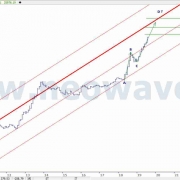
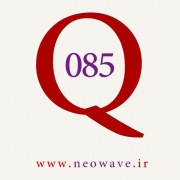


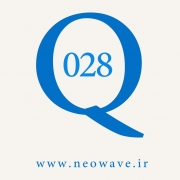
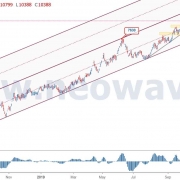
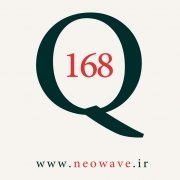
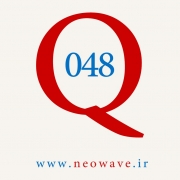


دیدگاه خود را ثبت کنید
تمایل دارید در گفتگوها شرکت کنید؟در گفتگو ها شرکت کنید.